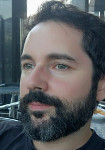
© 2021. All rights reserved.
2018
research
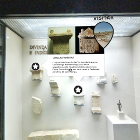
This work provides an analysis of the development effort required to implement a Web- based VR experience using the A-Frame VR framework. We implemented an interactive 360º virtual tour of the Conimbriga Museum, featuring the objects of national interest that can be found in the museum’s exhibition. The tour allows navigation between the 360º scenes, providing information panels about the objects, and a floor menu for rapid teleporting between rooms. The implementation of this virtual tour allowed us to identify several issues where Web-based VR development is still lacking in flexibility.
2015
programming
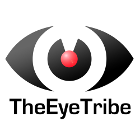
A Processing library to interface with the Eye Tribe gaze tracker device. The library currently provides functions to get the gaze point, the eye coordinates, and to allow calibrating the device within the Processing sketch.
2014
research
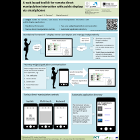
In this project, we studied and developed a framework for remote, direct-manipulation, interaction with public diplays via smartphones. We used we technologies in both the public display and smartphone. This study was carried out by Maria Barreira within his master degree project for the Faculty of Engineering of Porto University.
2014
research
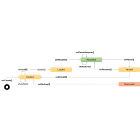
As public displays become more flexible and open to new applications from various sources, we need a better management of the public display resources. This study was carried out by Alice Perpétua within his master degree project for the Faculty of Engineering of Porto University.
2014
research

A study of the Leap Motion controller for 2D pointing and selecting tasks. This study was carried out by Manuel Seixas within his master degree project for the Faculty of Engineering of Porto University.
2013
art

Music Box is a sound sculpture located in Paredes, Portugal, which uses augmented reality to bring the sculpture to life and play music. This is a project by Vasco Carvalho, in which I had a tiny participation. The project was nominated for the multimedia award “Prémio Nacional Multimédia”.
2013
programming
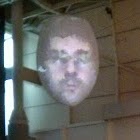
Face projection is an installation that captures visitors’ faces and projects them into a large scale face sculpture. It was originally developer for the School of Arts’ presence at FestivalIN.
2013
art

“A Viagem” (“The Trip”) is an interactive video installation by the VOID group (Carlos Sena Caires + Jorge Cardoso) initially developed for the Procesalia exhibition.
2012
art
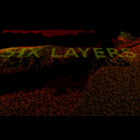
SixLayers is a design tool (built with Processing) created to help generate the graphical image for the School of Art’s new Digital Design course.
2011
art
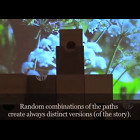
The Garden of Time is an interactive video installation developed in collaboration with Carlos Sena Caires as part of the Interactive Art course of the School of Arts, Porto.
2011
art
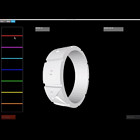
DNA Ring is a Processing program that generates rings based on a person’s (simulated) DNA. This is a design project by Sara Coutinho, which combines historic portuguese tiles with computational design and fabrication.
2010
programming
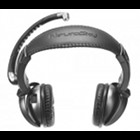
The MindSetProcessing library allows you to use the NeuroSky Mindset brainwave sensing headset with Processing. It gives you access to the raw wave values, to the eSense meters (Attention and Meditation) and to the EEG values. It does not provide blink data. This library was implemented using the Think Gear Communications driver J2ME implementation provided in the Mindset Development Tools 2.1.
2010
programming

A Processing class for authenticating in Facebook using OAuth.
2009-2013
research
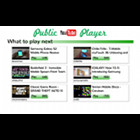
PuReWidgets is a toolkit for web-based interactive public display applications. It provides various high-level widgets that can be interacted with via SMS, email, a dynamically generated mobile interface, QR Codes, and more. This was the result of my PhD at the Ubicomp group of the University of Minho.
2009-2012 research
“The PD-NET project aims to lay the scientific foundations for a new form of communications medium with the same potential impact on society as radio, television and the Internet. The goal is to explore the scientific challenges and to assess the new technologies required to enable the emergence of large scale networks of pervasive public displays and associated sensors. This display network will be designed and implemented to be open to applications and content from many sources and thus provide the foundation for work on a new global communications medium for information access and interaction.” I participated in this project as a PhD student.
2009-2010
art
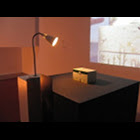
Faustine is an interactive video installation developed in collaboration with Carlos Sena Caires as part of the Interactive Art course of the School of Arts, Porto. This project was exhibited in the School of Arts in 2010 (here are some photos of the exhibition).
2008
art
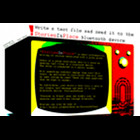
A project that was exhibited in the Future Places festival in Porto. Done in collaboration with Pedro Santos.
2008
programming
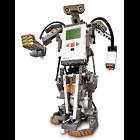
NXTComm is a processing library for communicating with the Lego Mindstorms NXT, and a Java tool for interfacing with the NXT via OSC messages.
2008 art
I had a very small participation (OSC programming, with the oscpack library by Ross Bencina) in this performance video-art project made by the SWAP Project Team - Tiago Dionísio and Rudolfo Quintas.
2008
research
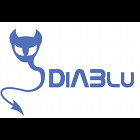
The purpose of the DiABlu system is to allow applications often used by digital artists (like Max/Msp, Pure Data, Processing, Eyesweb, Flash, etc) to be able to detect the presence of bluetooth devices (cell phones) and allow users to interact with the application/installation by means of a bluetooth device.
2008
research

The initial DiABlu Project has been enhanced and a new tool has been developed and another is on the way:
DiABlu Mailman - Allows sending and receiving bluetooth files by any OSC-capable application.
DiABlu SMS2OSC - Allows sending and receiving SMS by any OSC-capable application using a standard mobile phone.
2007-2008
art
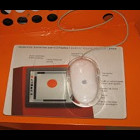
The original PSOs system was adapted to be used as an installation in Casa da Música. You can see photos in my Flickr PSOCM set and my blog entries about PSO. The project home page is maintained by Álvaro Barbosa.
2004-2008
art

I implemented (in Java and Pure Data) the new versions of Public Sound Objects project – a geographically displaced music collaboration system. More on the PSOs system on http://www.iua.upf.es/~abarbosa/.
One of the first versions of the PSO Server (Pure Data) required me to develop a new object: the eXtended netreceive object – similar to [netreceive] but outputs the connection’s IP address and port number. It is based on [netreceive] and [maxlib_netserver].
2003-2004 research
The aim was to develop a sonification system that could be used in various applications. We developed a Pure-Data based sonification server and a prototype mobile phone application for air-quality forecast that used sonification to transmit the air-quality parameters.
2003 research
O objectivo do projecto era desenvolver um sistema que permitisse a visualização de informação geográfica (no formato GML) em dispositivos móveis, nomeadamente telemóveis e PDAs. O sistema foi desenvolvido usando uma arquitectura cliente/servidor tendo por base a tecnologia Java. No caso do cliente, a tecnologia Java usada foi o J2ME (Java 2 Micro Edition). A informação geográfica em formato GML era servida por um WFS, sendo transformada em SVG e enviada ao cliente. Os pedidos ao servidor, em ambos os casos, são feitos através de HTTP. Para se poder visualizar documentos SVG no cliente foi necessário implementar um interpretador de SVG (‘‘parser’’ de SVG) e um visualizador de SVG.